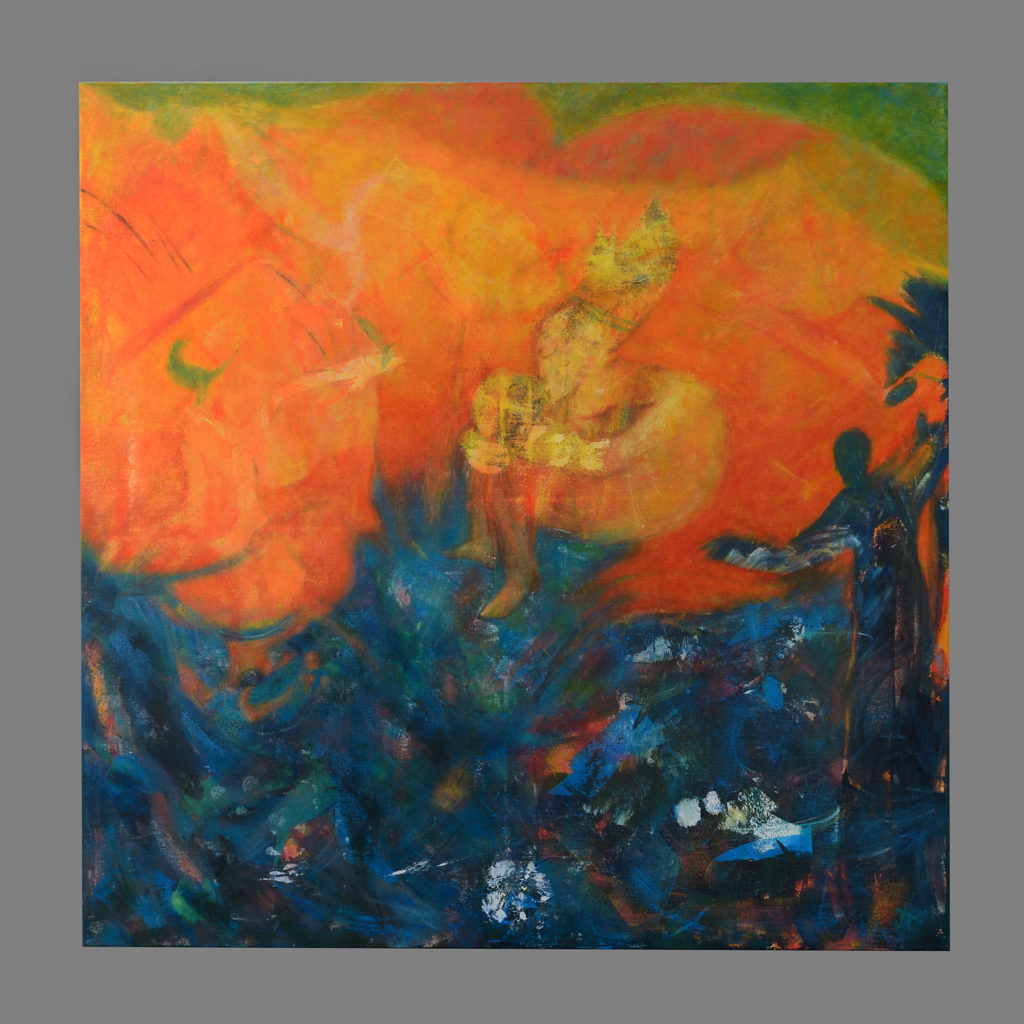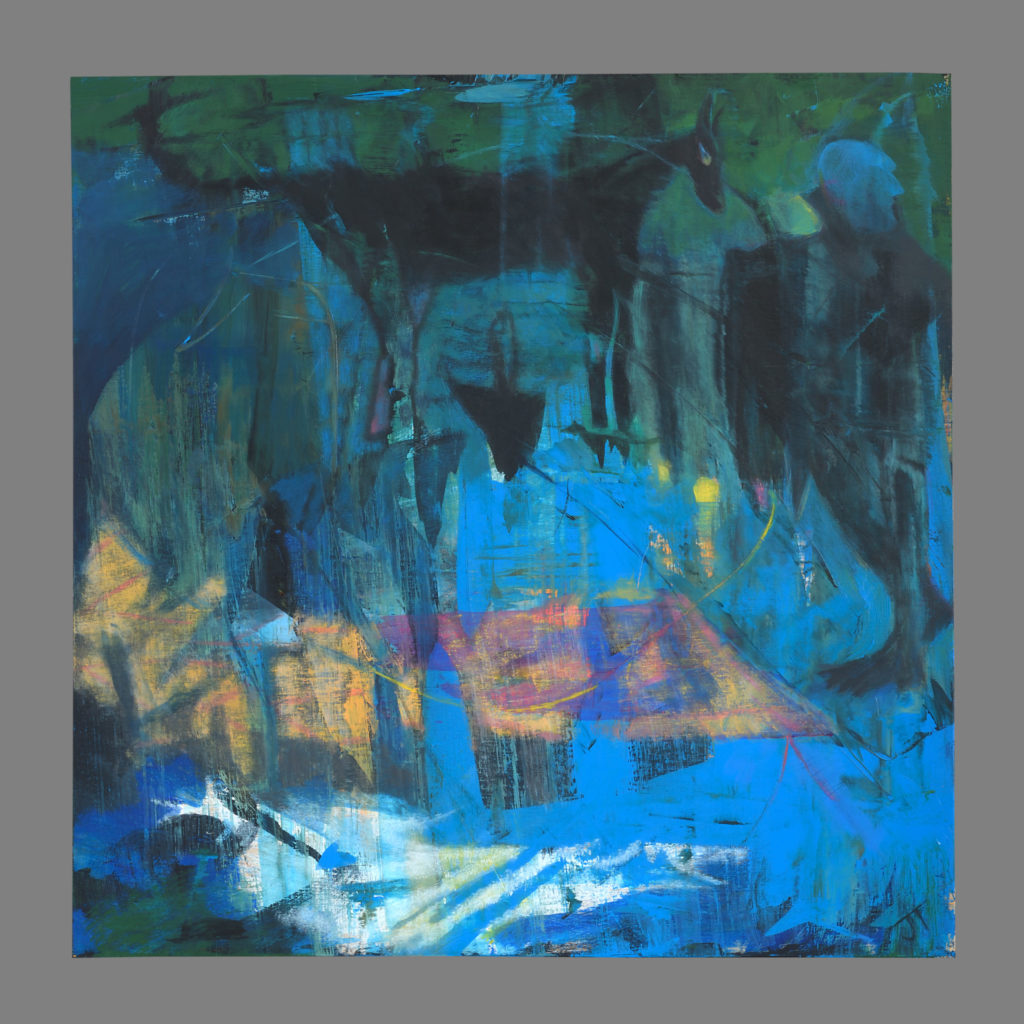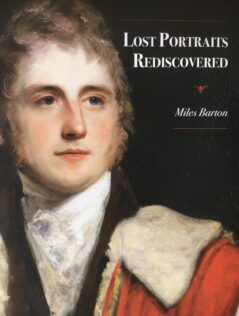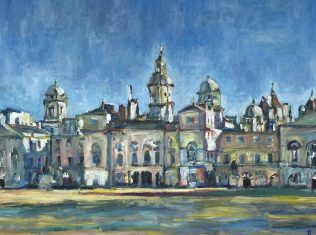Pictures, Special Reports
Hidden Worlds An Exhibition of Paintings by Jessica Taylor Catalogue Essay by Sophie Barling
In 1944, Mark Rothko said of one of his works that it dealt ‘not with the particular anecdote, but rather with the Spirit of Myth, which is generic to all myths at all times… It involves a pantheism in which man, bird, beast and tree – the Known as well as the Knowable – merge…’
That same Spirit of Myth seems to haunt and guide Jessica Taylor’s work, in which even ‘the particular anecdote’ – The Many Faces of Osiris, for instance – is at least multi-faceted. Mostly, the artist’s mythical references, which in this collection of acrylics and drawings range from the Classical and ancient Egyptian to Chagall-like folk imagery, are concerned with the universal. And while one could see hints of a punitive Underworld in the flame colours of a painting like Storm at the Gates, Taylor’s Spirit seems mostly benevolent: transformative, even liberating. ‘I have some favourite themes from myths,’ she explains. ‘Fire is something which transforms; and people turning into animals to escape from things, or people just being part-animal, and sometimes showing it and sometimes not.’

To the west of Taylor’s home and studio in Roehampton, the Thames curves its way through Richmond and up towards Kew. At one point along this stretch of river, the artist has a canoe moored. Taking it out onto the water is, she says, an important part of her creative process. ‘Going outside for me is about absorbing light and tone and colour, and having a reservoir that can be given back to paintings, so what goes in will come out.’ Looking at her paintings, one feels Taylor’s Thames is not really that of the semi-bucolic London suburbs, but the Thames of the pagan world – transcendent and mystical. The fact that porpoises have crossed her watery path seems entirely appropriate in this context. One thinks again of Osiris (husband of the goddess Isis, another name for the Thames), who became associated with nature’s cycles, especially the annual flooding of the Nile.

Interactions between the divine and human realms are, of course, a central part of myth, and Taylor is also interested in how and where those realms meet. ‘I love Douglas Portway’s work,’ she says. ‘He did these mystical, quite serene pieces, which were still really earthy, and somehow had room for messiness and scratchiness and humanity in them. And I think he made that god-human duality into a really interesting, complementary one.’ Identity, or the relationship between different identities within ourselves, is something Taylor explores in her own work: human and divine, animal and human, male and female, and ‘our solid self and our imagined self’, which is the theme of the painting I and Thou. Similarly, Taylor painted Letting Him Wander when she was thinking about dementia and, as she puts it, ‘the concept that someone’s light has gone out. I think it’s more about us finding a way to relate to the essence of a person, rather than pursuing old patterns of interaction. In this painting the bird is that essence.’ Birds appear again and again in Taylor’s work – perched on heads, emerging from heads, or on arms, as in The Falconer’s Apprentice. In The Raven’s Song, the creature of the title ‘stands as a reference point to the past’, while the imagination in I and Thou is represented by a bird poised to take flight. There are winged humans, too, in Taylor’s pen-and-ink drawing The Middle.
As per Rothko’s pantheism, man and beast look ready to merge in the sublime painting Betwixt, where the animal’s darkness seems osmotically to cover the human figure like a mantle. Or is it the other way around? Taylor’s interest in Ovidian shape-shifting speaks of a world in flux, where nothing is ever one thing or the other. And the creative process has a transformative effect on the artist herself. ‘I know I like a painting,’ she says, ‘when it has certain quite physical effects on me. So if the colours or brushstrokes make me feel almost hungry; or when my heart feels a little bit squeezed, then I know I like it, and there’s definitely an aspect of discomfort in that pleasure.’ Jessica Taylor’s vivid yet dreamlike works seem somehow to encompass and express the vast and contradictory nature of our interior lives: here are pleasure and pain; conscious and instinctive knowledge; god and human; human and animal. Hidden worlds revealed.
Sophie Barling is a freelance writer on interiors, design, art and travel. Her work has been published in The World of Interiors, Country Life, Architectural Digest and Conde Nast Traveller, among other titles.
Hidden Worlds
An Exhibition of Paintings by Jessica Taylor
14 – 20 November 2018
at Timothy Langston Fine Art & Antiques, 20A Pimlico Road London
www.timothylangston.com/jessicataylor



